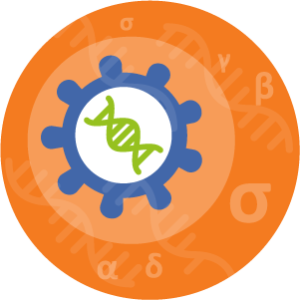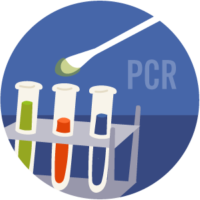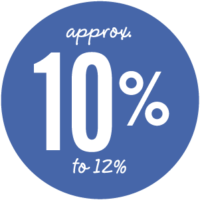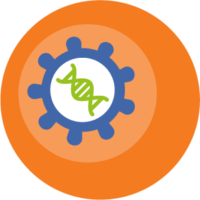
Sequencing COVID-19 Variants: An Incredible Journey
News about COVID-19 variants seems to be everywhere right now. This leaves many people wondering how we even know what variants are currently circulating. Here is a simple breakdown of the journey our nasal swabs take through the testing process and how we use it to determine the spread of variants.

First, a person infected with the virus must be tested for COVID-19 using a PCR (polymerase chain reaction) test rather than a rapid antigen test. This is because rapid test specimens are not sent to a lab, and therefore, would not be selected for further testing to determine which variant caused the infection.
What is the difference between PCR and Antigen tests?
PCR Test (sometimes called molecular tests)
Specimen is sent to a lab and results will usually take more than 24 hours. Tests for genetic material from the virus in the specimen.
Antigen Test (sometimes called rapid tests or the name given by manufacturer)
Can be done at home or in a clinical setting but does not require a lab. Results usually appear in about 15 minutes. Tests for the presence of a protein associated with the Sars CoV2 virus.

The specimen (which is the mucus collected from inside your nose) is initially sent to a lab that tests for the Sars CoV2 virus (the virus that causes a COVID-19 infection). This lab will only test for the presence of the virus, not which variant it is.
If a person tests...
| Negative | Positive |
| The result is sent to the person and health authorities for reporting purposes. Since the virus is not present, this is the end of its journey. | The result is sent to the person and health authorities for reporting and investigation/contact tracing. The specimen may then have reached the end of its journey, or it may be randomly selected for sequencing, the process for determining which variant it is, and it will travel on to a second lab. |

Approximately 10-12% of positive specimens in Washington are selected by a lab and sent on for sequencing. They are selected at random to represent a cross section of the state.

Using a process called genomic sequencing, which is only available in a handful of labs, each sample is checked to determine which variant it is. They then send this information to health authorities. Public health authorities estimate that the percentages of each variant in the random sampling are representative of the general population, so they can make assessments based on those percentages. This concludes the testing process, and the specimen’s journey has come to an end. In some rare cases, an individual might find out which variant they had been infected with, but this is very rare. Treatment protocols for patients would be the same regardless of the variant, so it does not need to be sent back to the patient or the patient’s provider.

That is the journey of the virus from a person’s nose to determining which variant it is. It’s a truly incredible process and has been a valuable tool throughout the pandemic. For more information on sequencing and the latest sequencing data from Washington state, visit Washington Department of Health’s sequencing and variants report.
